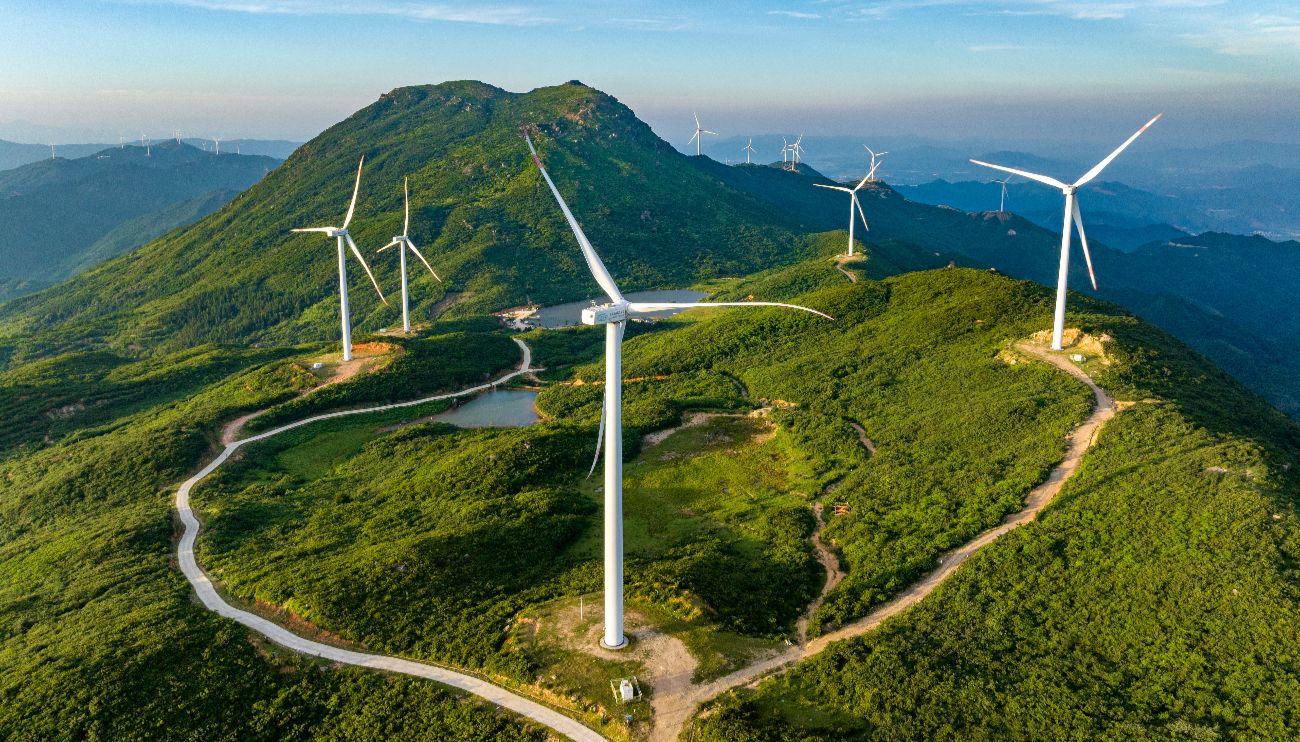Every area of a house has the potential to be transformed, particularly if doing so reduces energy waste and costs money. Not only does efficient renovation help to reduce utility costs, but it also produces a more comfortable, healthier, and forward-looking living environment. Energy-efficient improvements transform your living area into one that functions smarter with less, from air circulation to natural lighting. These changes do not mean sacrificing style or convenience. In reality, the best renovations blend beauty with high-performance architecture that helps the planet as well as your daily experience.
Sealing and Insulating Key Areas to Prevent Energy Leakage and Maintain Indoor Comfort
Insulation and air sealing are among the most effective improvements for efficiency, starting where they are often least visible. Holes in the attic, walls, windows, and flooring let the conditioned air escape, therefore taxing heating and cooling systems. Correctly sealing these spaces and raising insulation levels helps to reduce humidity, stabilize indoor temperature, and eradicate uncomfortable drafts. Thermal bridging can be greatly lowered with high-performance materials including insulated sheathing or spray foam insulation. These improvements also help with better acoustics by lowering outside noise intrusion. By concentrating on building envelope sealing, you create an indoor atmosphere that stays constant, clean and energy-wise year-round.
Upgrading Windows and Doors for Optimal Thermal Performance and Natural Light
Design attractiveness and energy efficiency depend much on windows and doors. Older models with leaky frames or single windows cannot maintain consistent interior temperatures. Low-emissivity coatings on high-efficiency double or triple-pane windows form a barrier against heat flow. By preventing drafts and hence reducing moisture intrusion, proper framing and weatherstripping improve performance even further. Particularly those built with insulated cores and strong seals, energy-efficient doors are essential thermal shields that improve curb appeal and security as well. The better glazing also maximizes natural light without sacrificing insulation, therefore lowering the demand for artificial lighting throughout the day and helping to lead a more environmentally friendly way of life overall.
Replacing HVAC Systems with Modern Units That Adapt to Your Lifestyle and Usage
Most houses consume a good portion of their energy from heating and cooling systems. Older units might run inefficiently, cycling more frequently and using more energy than required. Particularly those with variable-speed compressors and smart thermostats, modern HVAC systems automatically adjust to indoor conditions and use patterns. This precise control increases comfort and helps to cut energy waste. Targeted climate management in particular rooms made possible by zoning systems helps to balance and reactively feel the entire house. Integrating energy-efficient HVAC technology into a home remodel in San Diego if you reside in the area can ensure long-term cost savings while improving air quality, comfort, and environmental stewardship.
Incorporating Energy-Efficient Lighting and Smart Electrical Systems That Reduce Waste
When it comes to energy consumption, lighting improvements deliver instantaneous advantages. LED fixtures not only save power consumption but also their long lifespan helps to lessen replacement frequency from conventional incandescent bulbs. Beyond the bulbs themselves, smart lighting systems let you remotely adjust occupancy, brightness, and schedule. Programmable switches, motion sensors, and dimmers allow fine-tuned control that guarantees energy is only utilized as needed. These technologies provide insight into your use habits when combined with energy-monitoring systems, therefore enabling better-informed decisions. Combining ambient, task, and accent lighting—layered lighting design—can also increase visual comfort while supporting effective performance.
Choosing Sustainable Appliances and Fixtures That Align Efficiency with Modern Convenience
Daily use fixtures that affect energy and water consumption in little but important ways are appliances and fixtures. Changing them with energy-efficient substitutes lets your house be more sustainable without sacrificing convenience. Search for dishwashers, freezers, and washing machines with ENERGY STAR ratings that use cutting-edge technology to produce better outcomes with less power. While keeping great performance, low-flow faucets, showerheads, and dual-flush toilets cut water waste. These improvements also usually provide improved usability with smart features, including programmable cycles, auto-sensing settings, and remote control. Including these highly efficient appliances throughout renovations guarantees that your house is structured around savings and long-term performance.
Conclusion
Redesigning your house with energy economy in mind changes its operation, feel, and performance. Every improvement turns into a calculated move toward better comfort, less waste, and more intelligent living. Efficiency-oriented renovations enhance your daily experience with changes you will feel in every season, not only reducing your environmental footprint. Every deliberate choice you make strengthens your house, increases its sustainability, and ultimately helps it to be more in line with the future of modern living.
Source link
Guest Post bamboodu.com


